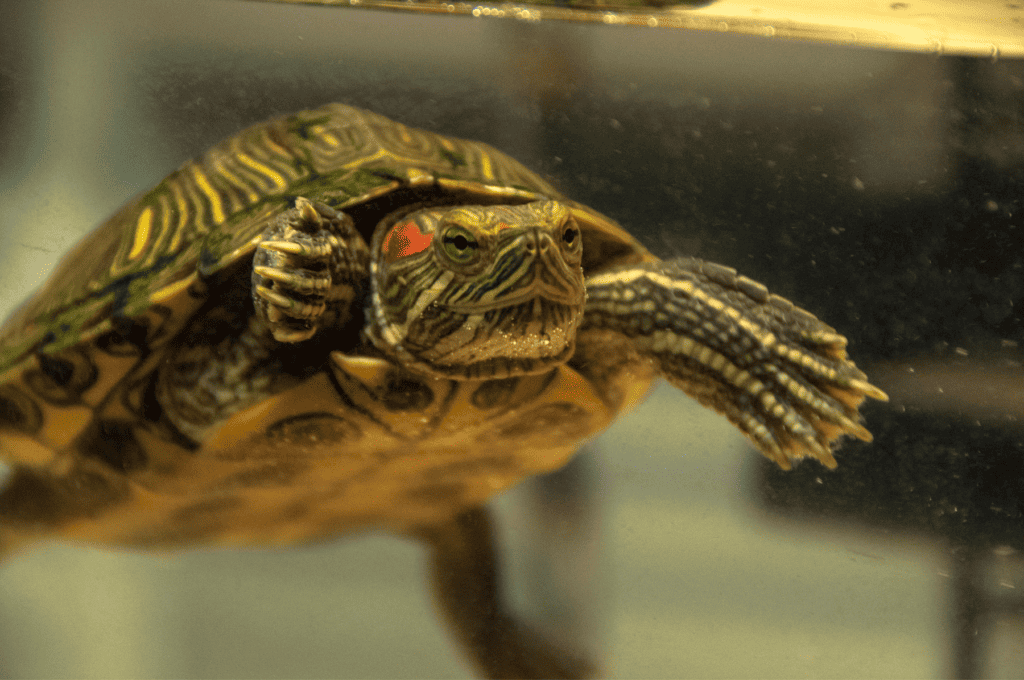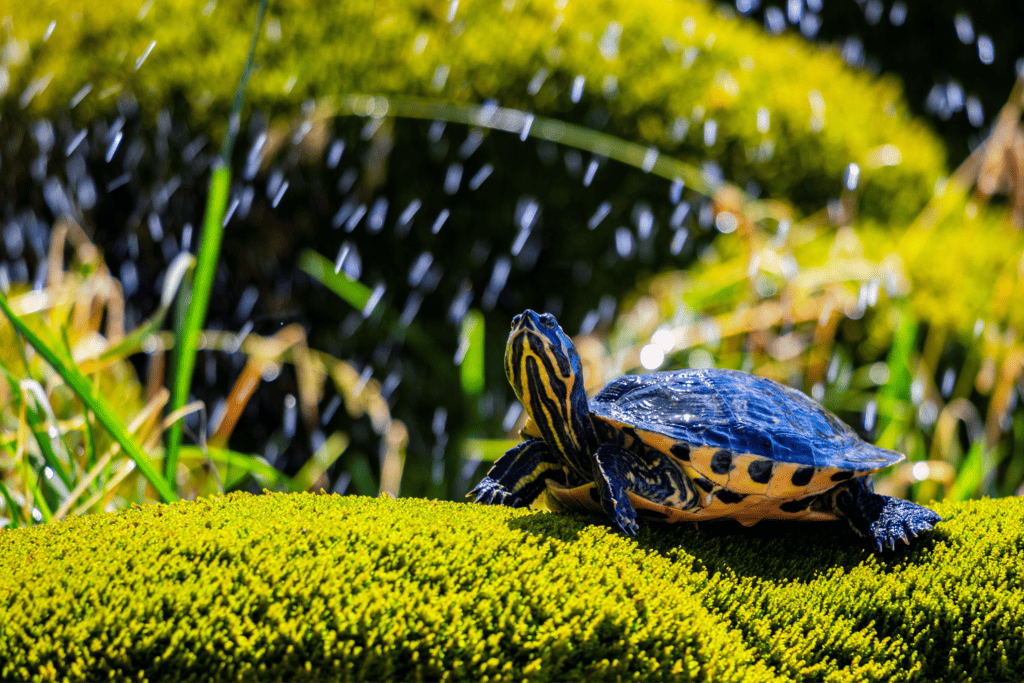Turtles are fascinating creatures that can be found in a variety of habitats, including freshwater, saltwater, and terrestrial environments. But how long can turtles stay out of water? In this article, we’ll explore the answer to this question and take a closer look at the different factors that affect a turtle’s ability to survive on land.
Factors that Affect a Turtle’s Ability to Stay Out of Water
There are several factors that can affect a turtle’s ability to survive on land, including:
- Species: Different species of turtles have different abilities to survive out of water. For example, terrestrial turtles such as box turtles and tortoises are better adapted to life on land than aquatic turtles such as sliders and cooters.
- Size: Larger turtles tend to have a greater ability to survive on land than smaller turtles. This is because they have a larger reserve of stored energy that they can rely on when they are out of water.
- Age: Juvenile turtles are less able to survive on land than adult turtles. This is because they have not yet developed the necessary adaptations to survive in a terrestrial environment.
- Health: A turtle that is in good health is more likely to survive on land than a turtle that is sick or injured.
How Long Can Turtles Stay Out of Water?
The answer to this question depends on the species of turtle, its size, age, and health. Here are some general guidelines for how long different types of turtles can survive out of water:
| Species | Time Out of Water |
| Terrestrial | Several weeks |
| Semi-aquatic | Several days |
| Aquatic | Few hours |
It is important to note that these are general estimates, and individual turtles may be able to survive for longer or shorter periods of time depending on the specific circumstances.

How to Care for a Turtle Out of Water
If you find yourself caring for a turtle that needs to spend time out of water, there are a few important things you should keep in mind to ensure that the turtle stays healthy and comfortable. Here are some tips for caring for a turtle out of water:
- Provide a suitable habitat: Turtles need a warm, humid environment in order to survive. A terrarium with a basking area and a heat lamp can provide the necessary warmth, while a misting system can help to maintain appropriate humidity levels.
- Maintain appropriate temperature and humidity levels: Turtles need to be kept at a temperature between 75-85 degrees Fahrenheit and humidity should be between 60-70%.
- Provide food and water: Turtles will need to be fed and hydrated while they are out of water. Offer leafy greens and vegetables as well as a commercially made turtle diet. Offer a shallow dish of water for drinking.
- Keep the turtle clean: Turtles can get dirty while they are out of water, so it’s important to keep their habitat clean. This can be done by spot cleaning daily and performing a full cleaning once a week.
What to Do If a Turtle Is Stranded Out of Water
If you find a turtle that is stranded out of water, it’s important to act quickly to help the turtle survive. Here are some steps you can take to help a stranded turtle:
- Keep the turtle safe: If the turtle is in danger from predators or traffic, move it to a safe location.
- Transport the turtle to a nearby body of water: If possible, transport the turtle to a nearby body of water. This will give the turtle a better chance of survival.
- Contact a wildlife rehabilitation center: If you are unable to transport the turtle to a nearby body of water, contact a local wildlife rehabilitation center for assistance.
Common Reasons Why Turtles Strand Out of Water
Turtles may strand out of water for a variety of reasons, including:
- Drought: Drought conditions can dry up bodies of water, leaving turtles without a suitable habitat.
- Habitat destruction: Human activities such as development and logging can destroy turtle habitats, leaving the turtles without a place to live.
- Human interference: Turtles may be accidentally or intentionally removed from their natural habitat by humans.
How to Help Turtle Populations
There are several things individuals can do to help turtle populations and preserve their natural habitats:
- Support conservation efforts: Support organizations that work to protect turtle habitats and populations.
- Be a responsible pet owner: If you have a pet turtle, be sure to provide it with a suitable habitat and appropriate care.
- Learn about turtles: Learn about the different species of turtles and their natural habitats, so you can be an informed advocate for their protection.
- Be mindful of your actions: Avoid activities that can harm turtle habitats, such as polluting bodies of water or destroying wetlands.

Turtles and Climate Change
Climate change is affecting turtle populations in a variety of ways, including:
- Changes in temperature: Rising temperatures can affect the sex ratios of turtle hatchlings and cause them to hatch earlier or later than usual.
- Changes in precipitation: Changes in precipitation patterns can affect the availability of water in turtle habitats.
- Changes in sea level: Rising sea levels can flood turtle nesting beaches, making it difficult for turtles to lay their eggs.
Conservation efforts are being put in place to protect turtle populations from the impacts of climate change. These include creating and protecting nesting beaches, monitoring turtle populations, and implementing measures to reduce carbon emissions.
Conclusion
Turtles are adaptable creatures that can survive in a variety of environments, but their ability to stay out of water depends on several factors including species, size, age, and health. As a general rule, terrestrial turtles can survive for several weeks out of water, semi-aquatic turtles can survive for several days, and aquatic turtles can survive for only a few hours. However, it’s important to remember that these are general estimates, and individual turtles may be able to survive for longer or shorter periods of time depending on the specific circumstances.






